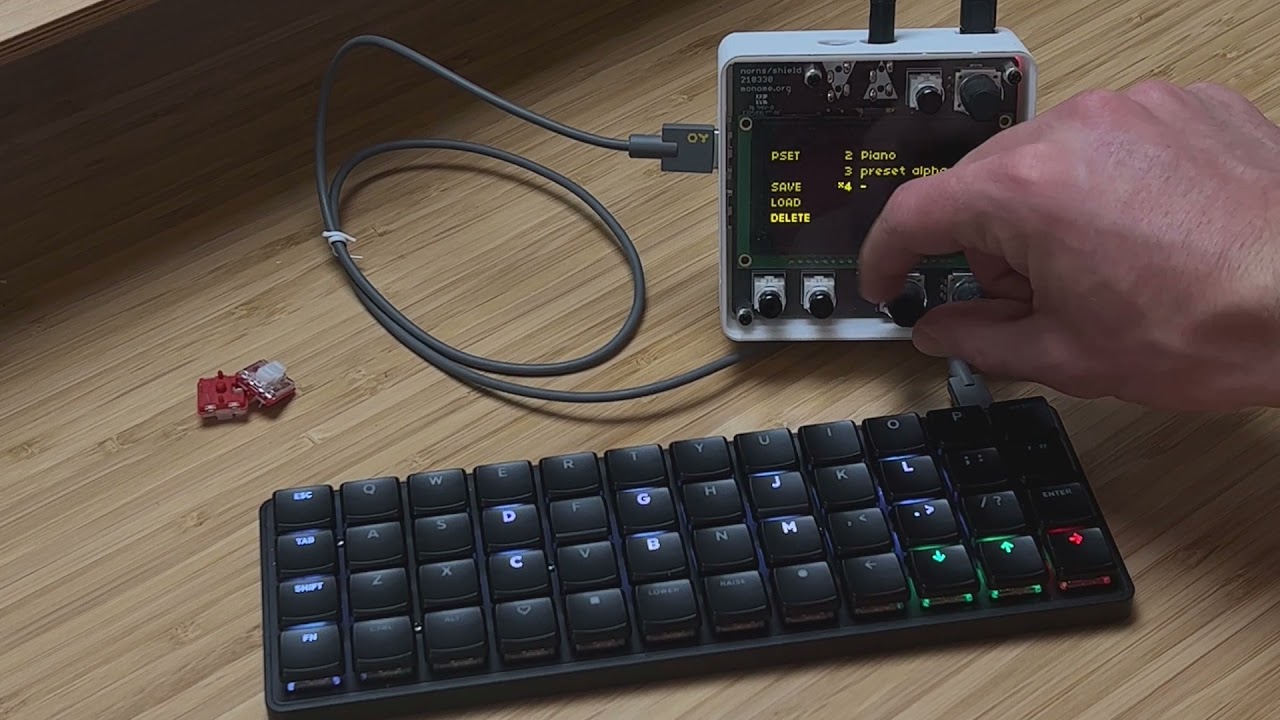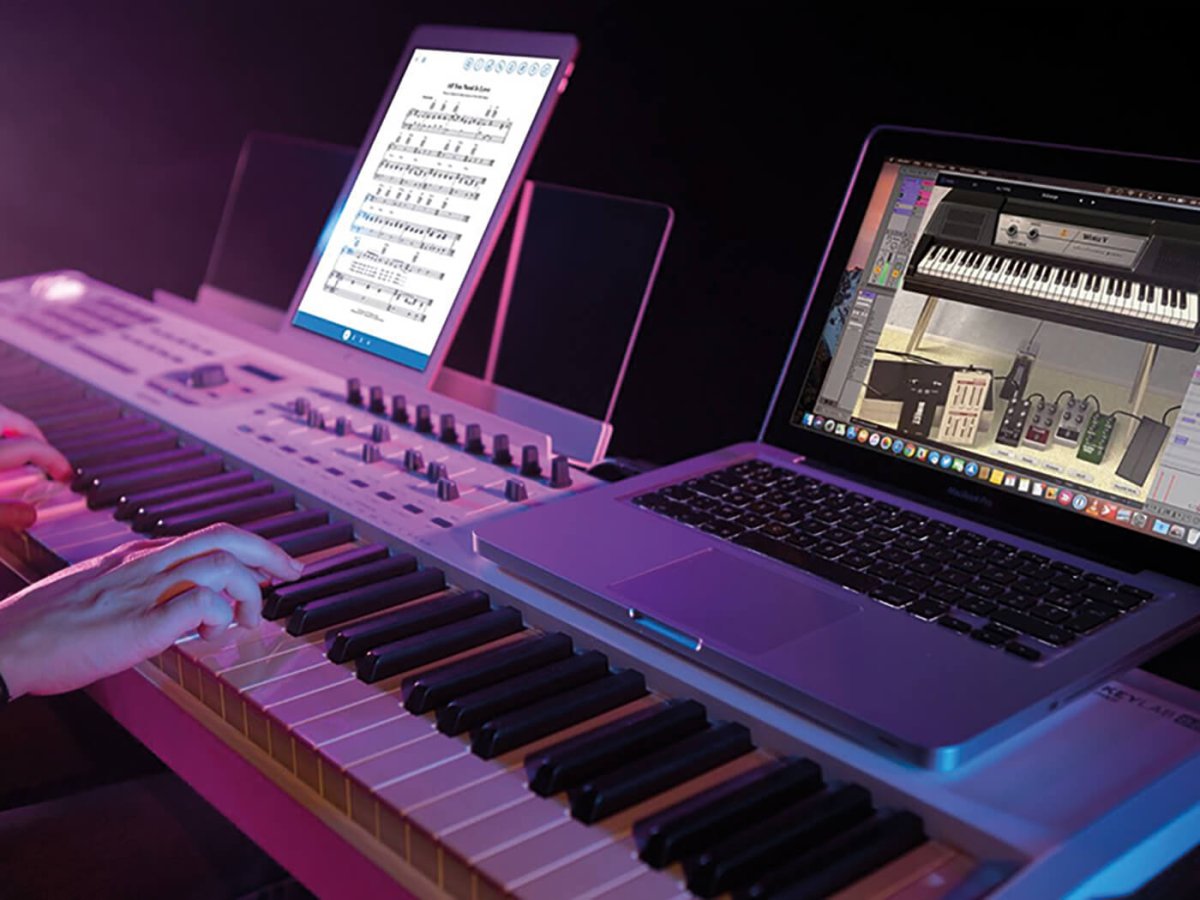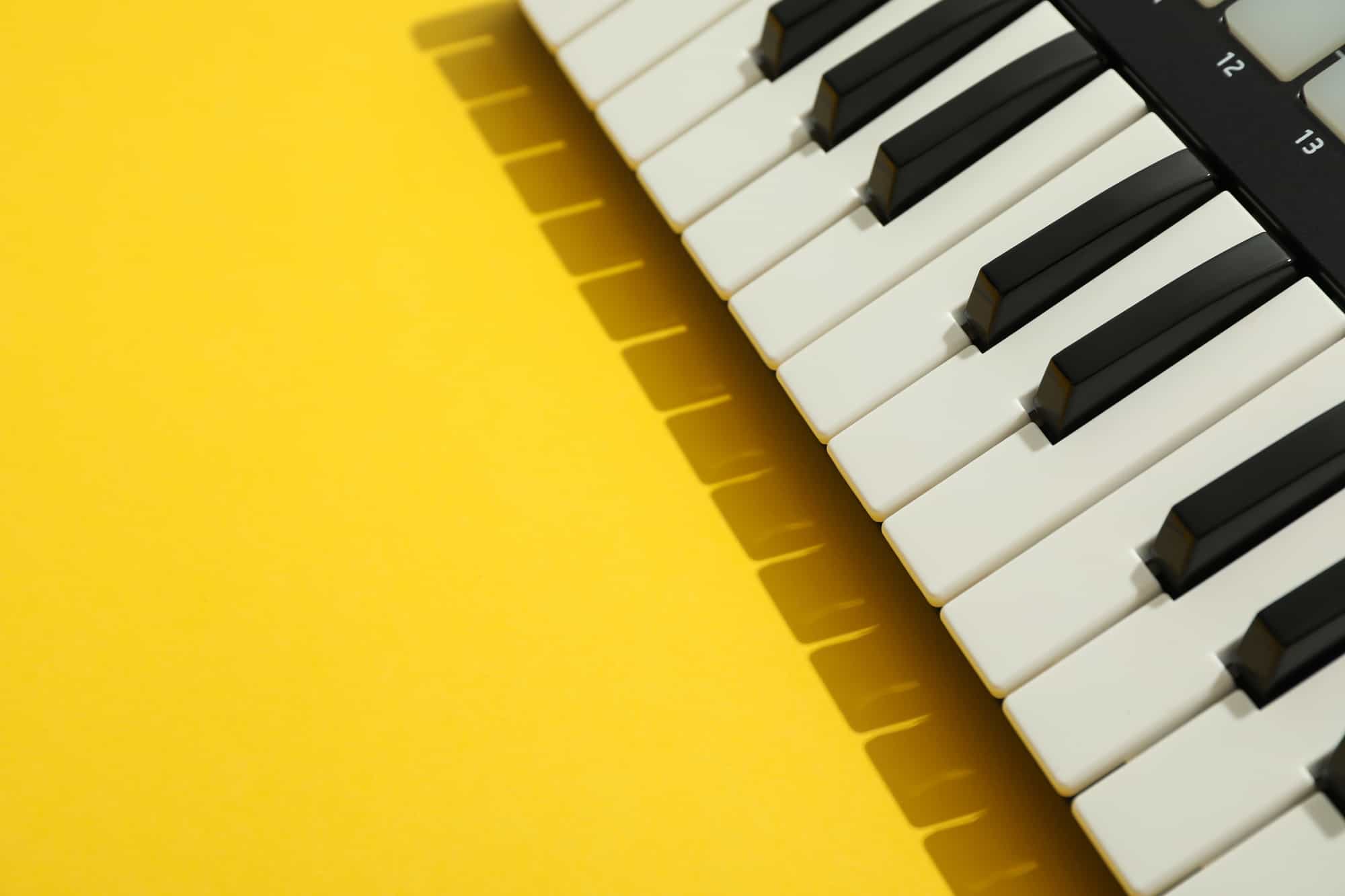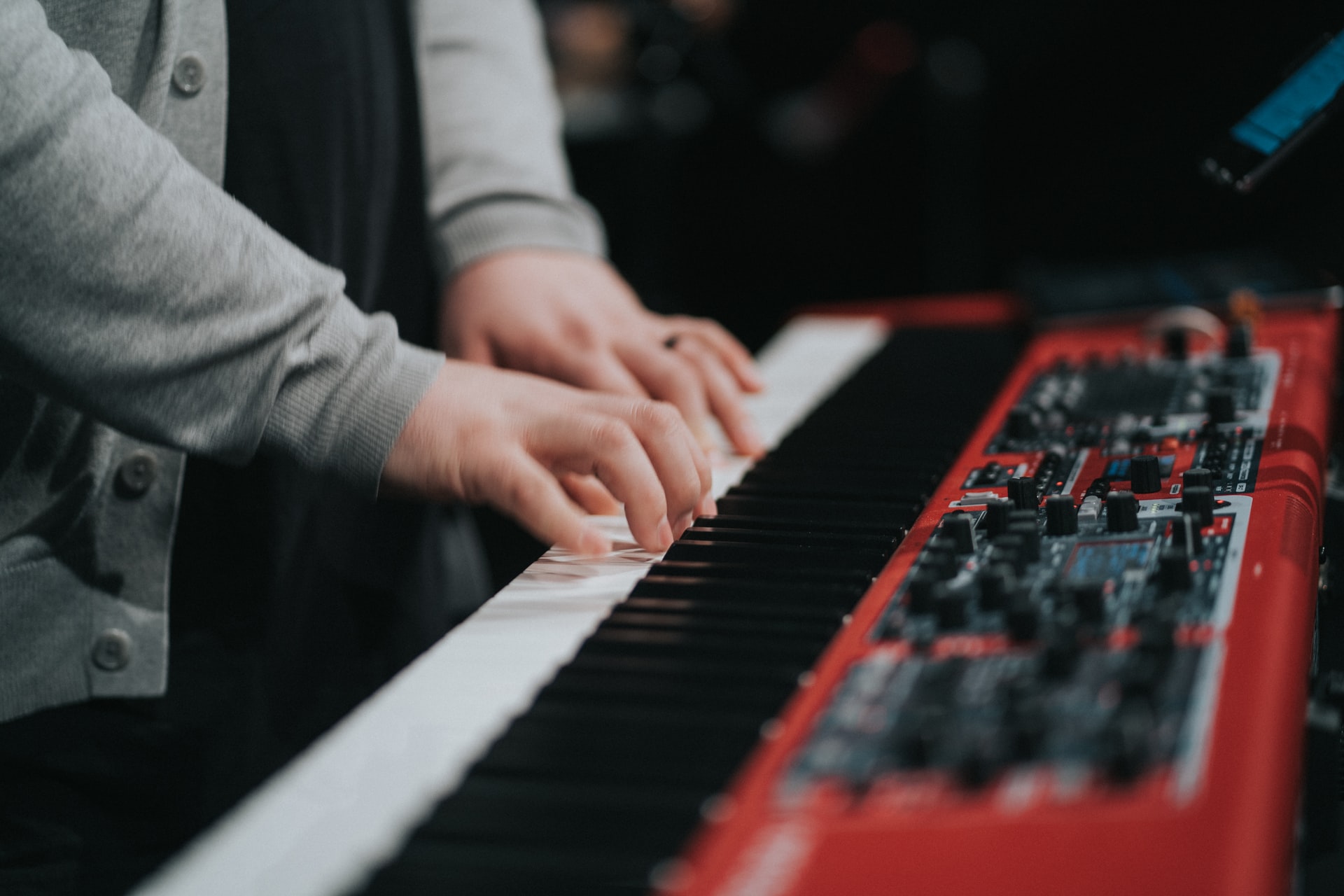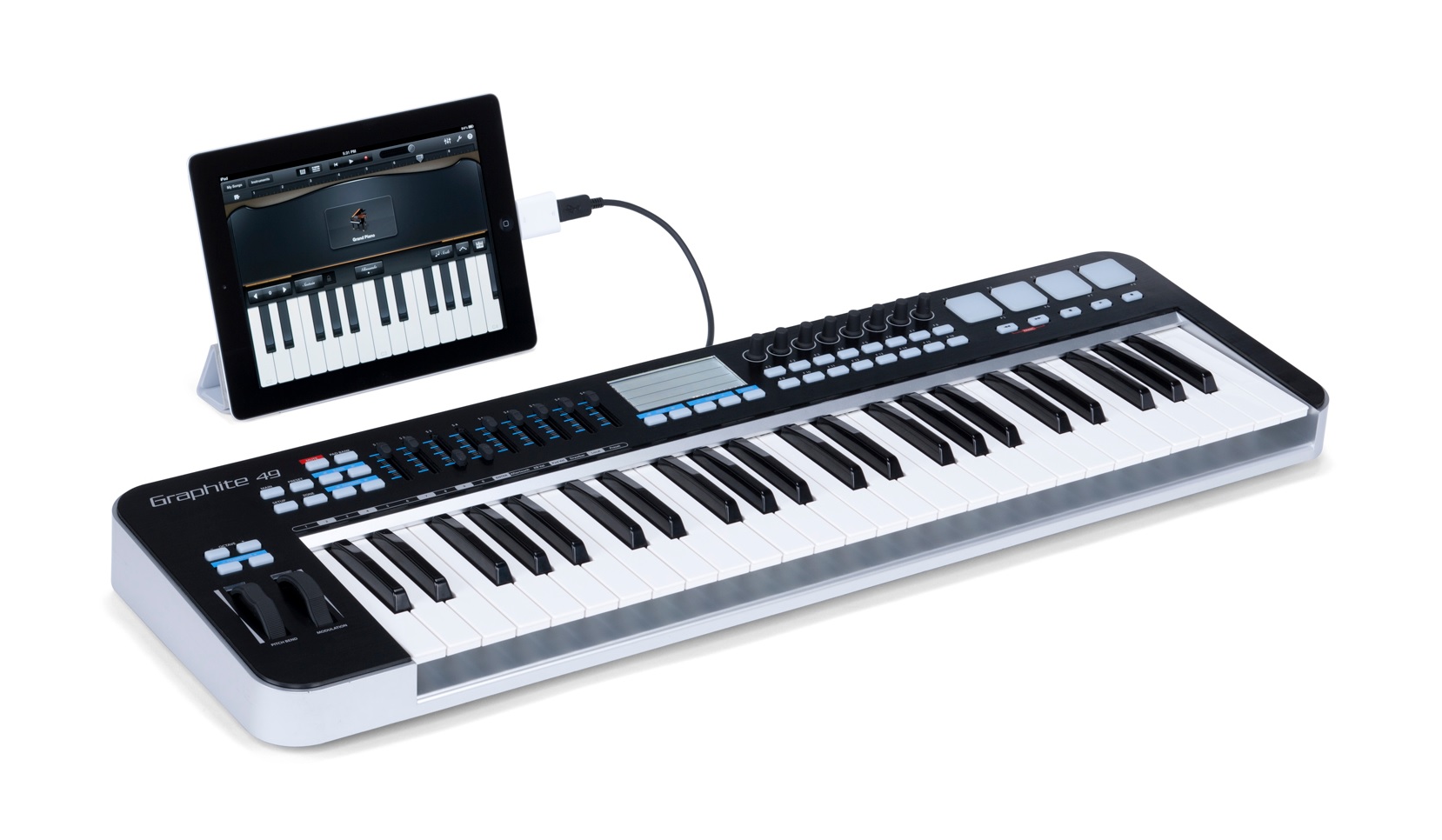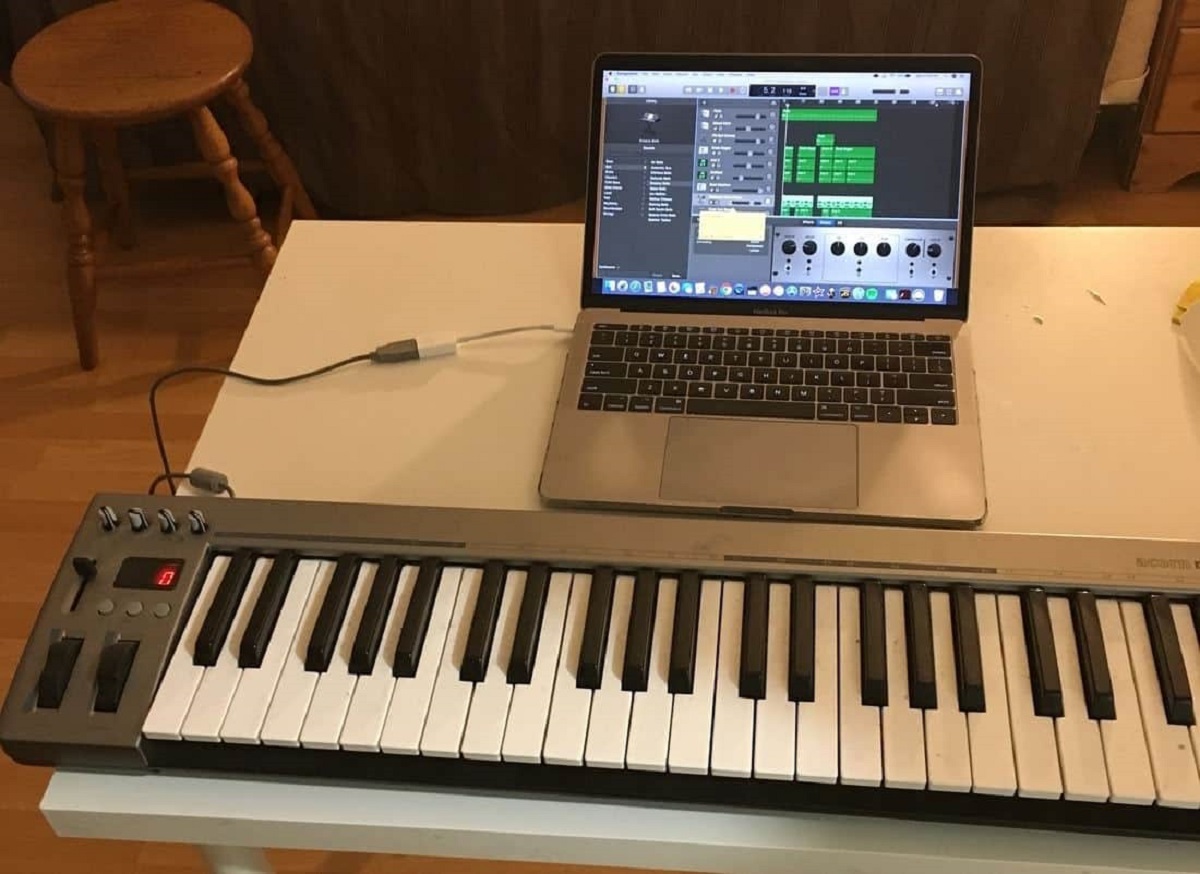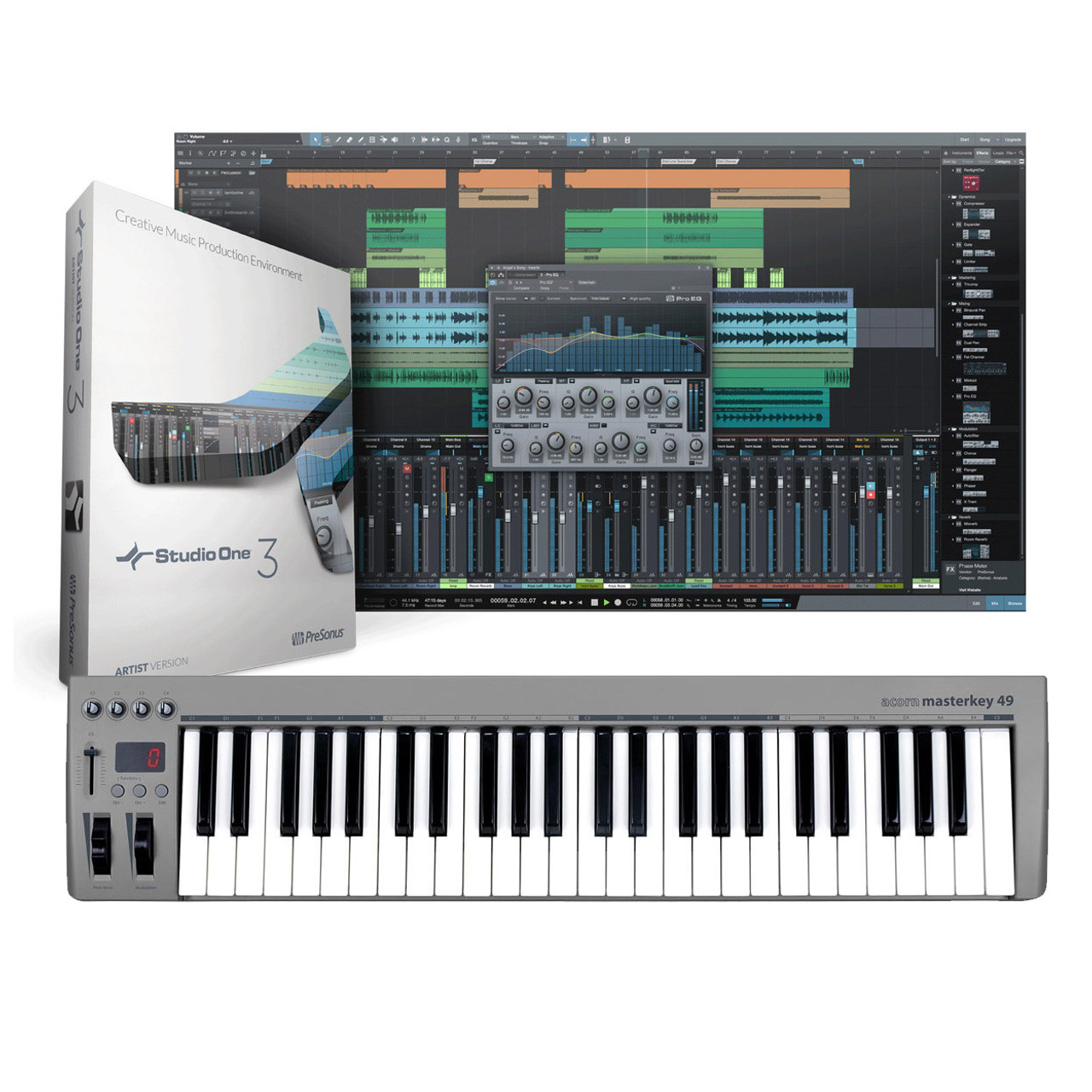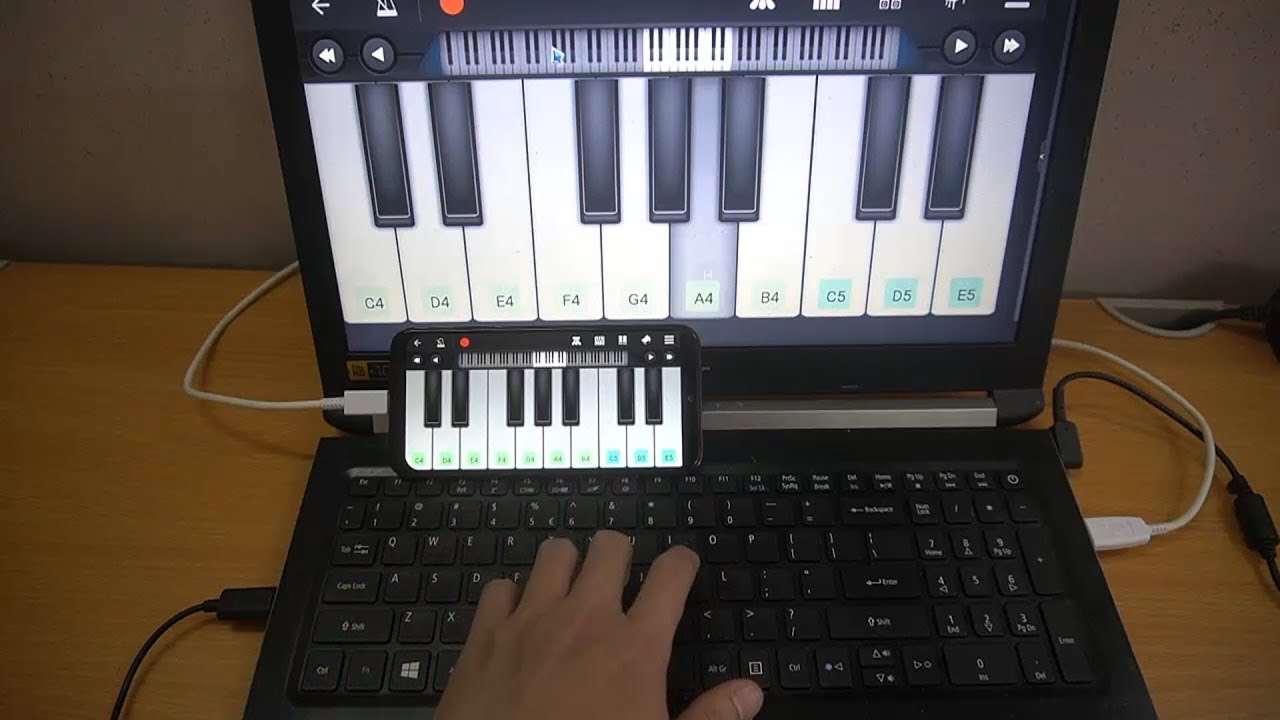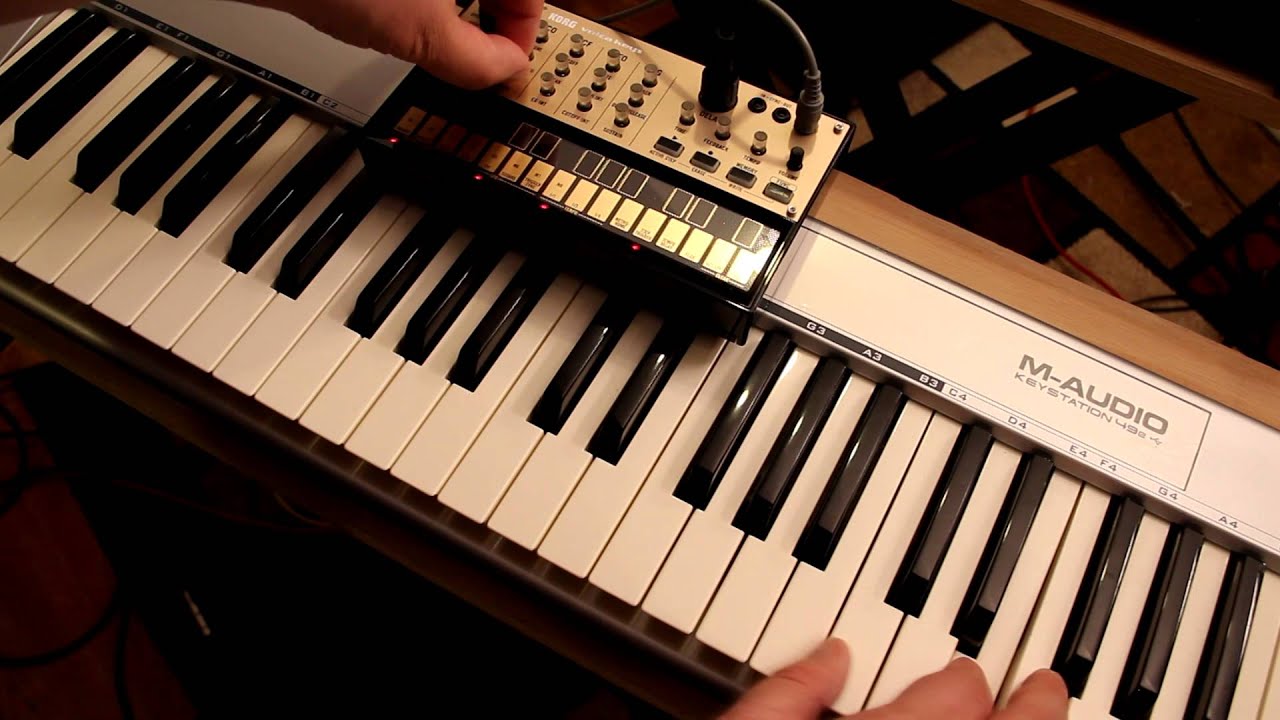Introduction
In the realm of music production, the MIDI keyboard serves as an indispensable tool for musicians and producers alike. Its versatility and functionality allow for the creation of rich, complex compositions with relative ease. However, not everyone possesses a physical MIDI keyboard, and this is where the computer keyboard comes into play. By leveraging technology and software, it is possible to transform a standard computer keyboard into a MIDI controller, opening up a world of musical possibilities.
The evolution of technology has blurred the lines between traditional musical instruments and digital interfaces. This fusion has given rise to innovative methods of music creation, enabling individuals to harness the power of their existing hardware in new and unexpected ways. The concept of using a computer keyboard as a MIDI keyboard exemplifies this convergence, showcasing the adaptability of modern tools in the realm of music production.
In this article, we will delve into the process of utilizing a computer keyboard as a MIDI keyboard, exploring the necessary software, configurations, and techniques to seamlessly integrate this alternative input method into your music production workflow. By the end of this guide, you will have a comprehensive understanding of how to effectively repurpose your computer keyboard as a MIDI controller, unlocking a world of creative potential without the need for additional hardware. Let's embark on this journey to transform the familiar computer keyboard into a versatile musical instrument.
What is a MIDI Keyboard?
A MIDI keyboard, short for Musical Instrument Digital Interface keyboard, is a versatile electronic instrument that translates musical notes and commands into digital signals. Unlike traditional pianos or keyboards, a MIDI keyboard does not generate sound on its own; instead, it serves as a controller that communicates with external devices such as computers, synthesizers, and sound modules.
At its core, a MIDI keyboard consists of a set of keys, similar to those found on a piano, and is equipped with various control elements such as knobs, sliders, and buttons. These components enable musicians and producers to manipulate and control a wide array of musical parameters, including pitch, velocity, modulation, and more. The MIDI protocol allows for seamless communication between the keyboard and compatible devices, facilitating the creation and manipulation of musical elements with precision and flexibility.
One of the key advantages of a MIDI keyboard is its ability to capture and transmit nuanced musical expressions. The velocity-sensitive keys respond to the force and speed of key presses, allowing for dynamic and emotive performances. Additionally, the integration of MIDI technology empowers users to layer multiple sounds, apply effects, and customize sound parameters in real time, expanding the creative possibilities within a music production environment.
Furthermore, MIDI keyboards often feature assignable controls that can be mapped to various functions within digital audio workstations (DAWs) and music software. This level of customization grants users the freedom to tailor their MIDI keyboard to suit their specific workflow and creative preferences, enhancing efficiency and streamlining the music production process.
In essence, a MIDI keyboard serves as a bridge between traditional musical expression and modern digital music production, offering a versatile platform for creating, performing, and shaping musical compositions. Its integration into the realm of music technology has revolutionized the way musicians and producers interact with and manipulate sound, paving the way for innovative and boundary-pushing musical endeavors.
Using a Computer Keyboard as a MIDI Keyboard
While a physical MIDI keyboard offers tactile keys and dedicated controls, it is possible to emulate its functionality using a standard computer keyboard. This approach enables individuals to leverage their existing hardware to input MIDI data and control parameters within music production software, effectively transforming the computer keyboard into a versatile MIDI controller.
To achieve this, specialized software is utilized to map the keys of the computer keyboard to MIDI notes and commands, effectively bridging the gap between traditional typing and musical input. By configuring the software and assigning specific keys to musical functions, users can harness the full potential of their computer keyboard as a MIDI input device, opening up a world of creative possibilities.
One of the primary advantages of using a computer keyboard as a MIDI controller is the accessibility and convenience it offers. Unlike physical MIDI keyboards, which may require additional setup and space, the computer keyboard is a ubiquitous tool found in virtually every modern music production environment. This ubiquitous nature makes it an attractive option for musicians and producers seeking an efficient and cost-effective means of integrating MIDI functionality into their setup.
Furthermore, the ability to use a computer keyboard as a MIDI controller transcends traditional musical input, allowing for seamless integration of MIDI commands into the music production workflow. This integration enables users to trigger samples, control virtual instruments, and manipulate various parameters within their digital audio workstation (DAW) or music software, effectively blurring the lines between traditional typing and musical expression.
By repurposing the computer keyboard as a MIDI controller, musicians and producers can streamline their creative process, leveraging familiar input devices to craft intricate musical compositions and performances. This alternative approach to MIDI input underscores the adaptability and ingenuity of modern music production techniques, empowering individuals to explore new avenues of musical expression without the need for specialized hardware.
Setting Up the Software
Transforming a computer keyboard into a MIDI controller requires the use of specialized software that facilitates the mapping of keyboard inputs to MIDI commands. There are several software options available, each offering unique features and compatibility with different operating systems and music production environments. Before delving into the setup process, it is crucial to select a software solution that aligns with your specific requirements and integrates seamlessly with your existing music production setup.
Once the appropriate software has been identified, the setup process typically involves installing the software, configuring the keyboard mapping, and establishing communication between the software and the digital audio workstation (DAW) or music software. The software interface allows users to define which keys on the computer keyboard correspond to specific MIDI notes, commands, or control parameters, effectively customizing the keyboard’s functionality to suit their musical preferences.
Furthermore, the software may offer additional features such as velocity sensitivity adjustments, key range customization, and the ability to assign keyboard shortcuts to various music production functions. These capabilities enhance the flexibility and responsiveness of the computer keyboard as a MIDI controller, empowering users to craft nuanced and expressive musical performances using familiar typing input.
It is essential to ensure that the software and associated drivers are properly configured to enable seamless communication between the computer keyboard and the music production software. This may involve selecting the appropriate input device within the music software’s settings and verifying that MIDI data is being transmitted accurately from the computer keyboard to the digital audio workstation.
Ultimately, the setup process revolves around establishing a cohesive and reliable connection between the computer keyboard, the mapping software, and the music production environment. By following the software’s setup instructions and making necessary adjustments within the music software, users can effectively harness the full potential of their computer keyboard as a MIDI controller, unlocking a wealth of creative possibilities without the need for dedicated MIDI hardware.
Mapping Keys to MIDI Notes
Once the software for utilizing the computer keyboard as a MIDI controller is set up, the next crucial step involves mapping the keys of the computer keyboard to specific MIDI notes and commands. This mapping process is essential for establishing a direct correspondence between the physical keys of the computer keyboard and the musical elements they represent, effectively transforming the keyboard into a functional MIDI input device.
The software interface provides a user-friendly environment for assigning MIDI notes and commands to individual keys or key combinations. Users can designate which keys correspond to specific musical pitches, rhythms, or control functions, tailoring the keyboard’s layout to align with their musical preferences and performance style. This level of customization allows for a personalized and intuitive mapping of the computer keyboard, ensuring a seamless transition between traditional typing and musical input.
Furthermore, the software may offer advanced mapping features that enable users to define key velocity curves, adjust key sensitivity, and assign additional MIDI parameters such as modulation, pitch bend, and sustain. These capabilities empower users to imbue their performances with dynamic expression and musical nuances, leveraging the full range of MIDI functionality within the constraints of the computer keyboard.
It is important to consider ergonomic and practical factors when mapping keys to MIDI notes, ensuring that the layout facilitates comfortable and efficient musical input. By strategically assigning keys to specific musical elements and functions, users can optimize their workflow and performance experience, seamlessly integrating the computer keyboard into their music production environment.
Ultimately, the process of mapping keys to MIDI notes transforms the computer keyboard into a versatile and expressive MIDI input device, capable of capturing intricate musical performances and controlling a wide array of virtual instruments and effects. This customization process underscores the adaptability and creative potential of leveraging existing hardware in innovative ways, empowering musicians and producers to craft compelling musical compositions using familiar and accessible tools.
Using the Computer Keyboard as a MIDI Controller
Once the computer keyboard has been configured as a MIDI input device and the keys have been mapped to specific MIDI notes and commands, users can seamlessly integrate it into their music production workflow as a versatile MIDI controller. The computer keyboard, typically associated with typing and general computer input, now assumes a dual role, serving as a platform for both traditional computing tasks and expressive musical input.
As a MIDI controller, the computer keyboard can be utilized to trigger virtual instruments, input musical sequences, and manipulate various parameters within a digital audio workstation (DAW) or music software. This multifaceted functionality empowers users to craft intricate musical compositions, control dynamic performances, and explore a diverse range of sonic possibilities using a familiar and readily available input device.
Furthermore, the integration of the computer keyboard as a MIDI controller transcends conventional musical input, offering a seamless and intuitive interface for manipulating sound and shaping musical elements. The tactile feedback of the keys, combined with the customizable mapping of MIDI notes and commands, enables users to convey musical expression and creativity through their typing input, blurring the boundaries between traditional typing and musical performance.
Additionally, the computer keyboard’s integration as a MIDI controller underscores the adaptability and resourcefulness of modern music production techniques. By repurposing existing hardware in innovative ways, musicians and producers can streamline their creative process, leveraging the familiar layout and tactile feedback of the computer keyboard to craft compelling musical arrangements and performances.
Moreover, the computer keyboard’s role as a MIDI controller extends beyond standard note input, encompassing the manipulation of effects, automation parameters, and virtual instrument controls. This comprehensive control capability positions the computer keyboard as a versatile and expressive tool for shaping and refining musical compositions, offering a seamless transition between traditional typing tasks and musical exploration.
In essence, the utilization of the computer keyboard as a MIDI controller exemplifies the ingenuity and adaptability inherent in modern music production workflows. By embracing innovative methods of musical input and control, musicians and producers can harness the full potential of their existing hardware, unlocking a world of creative possibilities without the need for dedicated MIDI input devices.
Conclusion
The transformation of a computer keyboard into a MIDI controller represents a convergence of traditional computing tools and innovative music production techniques. Through the integration of specialized software and thoughtful key mapping, the computer keyboard transcends its conventional role and emerges as a versatile and expressive input device for musical creation and performance.
By leveraging the accessibility and ubiquity of the computer keyboard, musicians and producers can seamlessly incorporate MIDI functionality into their music production workflow, unlocking a wealth of creative possibilities without the need for dedicated MIDI hardware. This alternative approach to musical input underscores the adaptability and resourcefulness inherent in modern music production, empowering individuals to explore new avenues of musical expression using familiar and accessible tools.
Furthermore, the utilization of the computer keyboard as a MIDI controller exemplifies the seamless fusion of technology and creativity, blurring the boundaries between traditional typing tasks and musical exploration. The tactile feedback of the keys, combined with the customizable mapping of MIDI notes and commands, enables users to convey musical expression and creativity through their typing input, offering a unique and intuitive interface for musical performance and composition.
In conclusion, the concept of using a computer keyboard as a MIDI controller epitomizes the innovative spirit of modern music production, showcasing the ingenuity of repurposing existing hardware to unlock new realms of musical potential. As technology continues to evolve, the boundaries between traditional musical instruments and digital interfaces will continue to blur, paving the way for groundbreaking methods of musical expression and creation.







